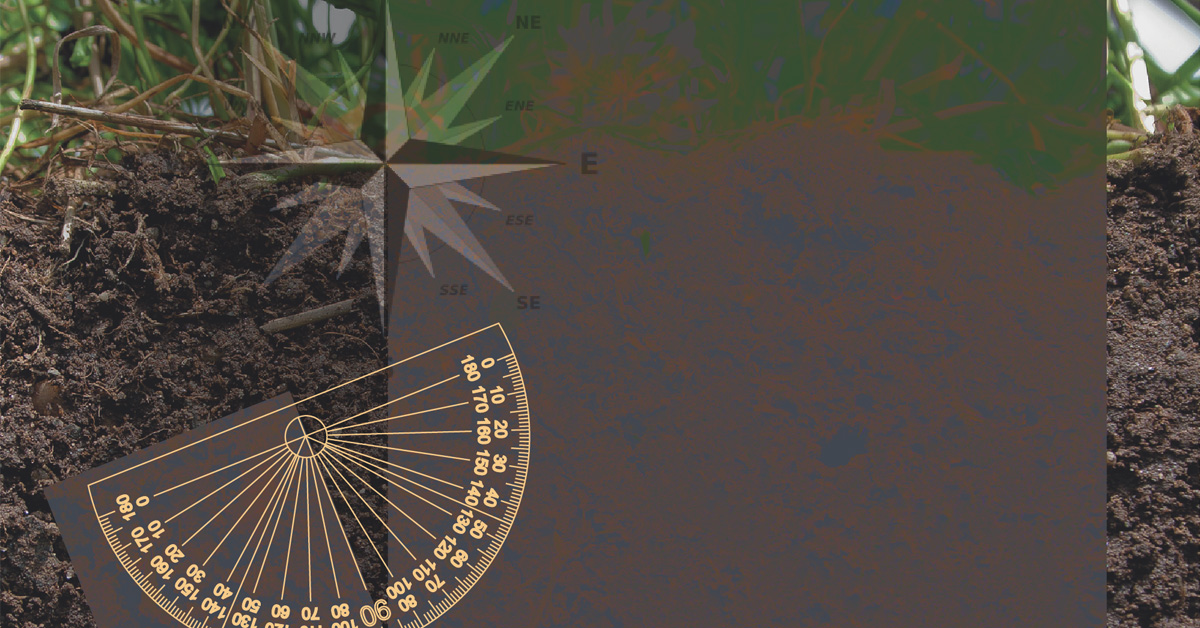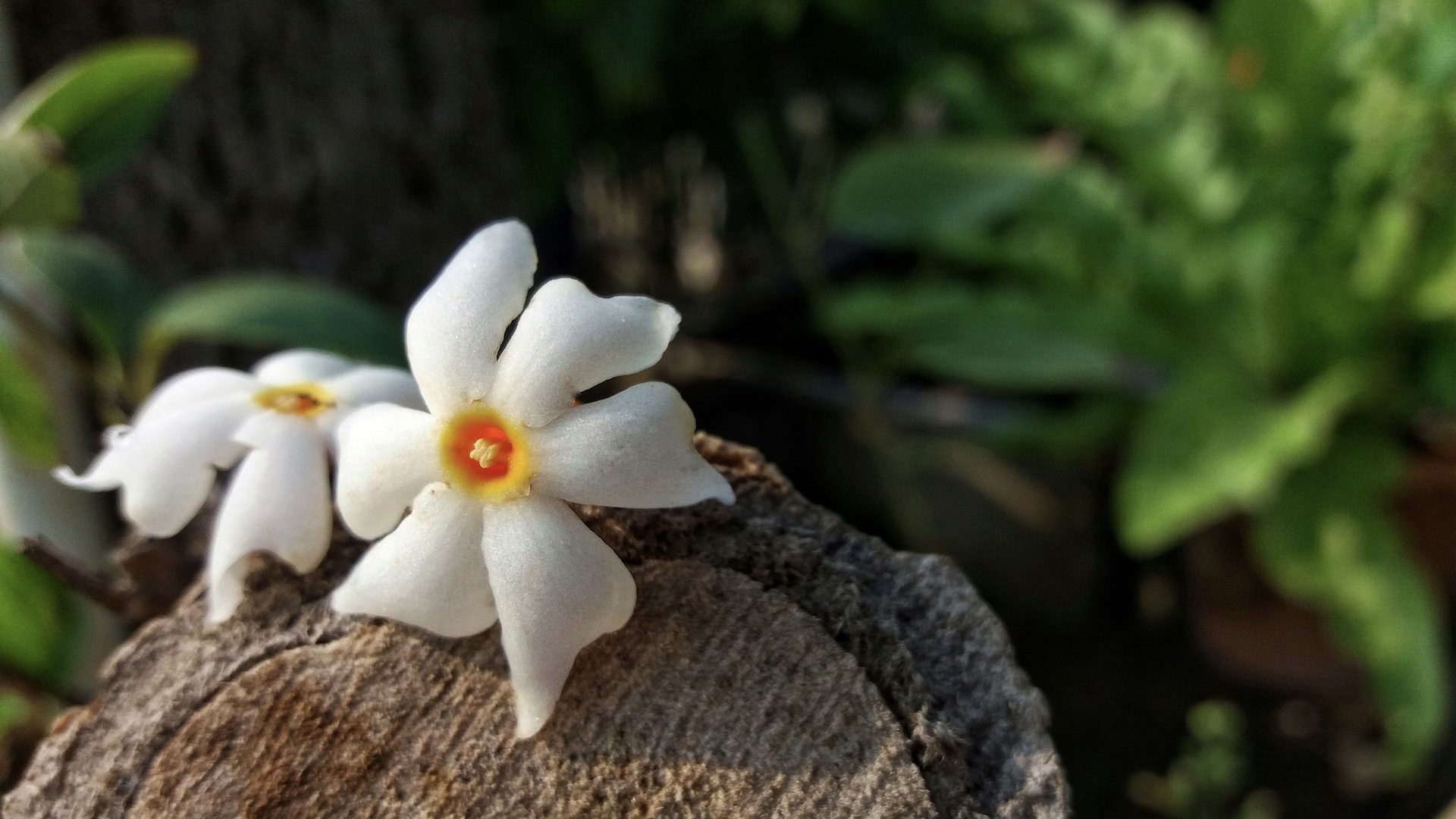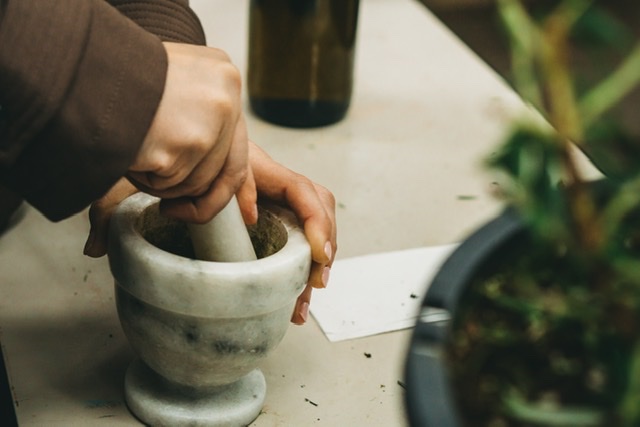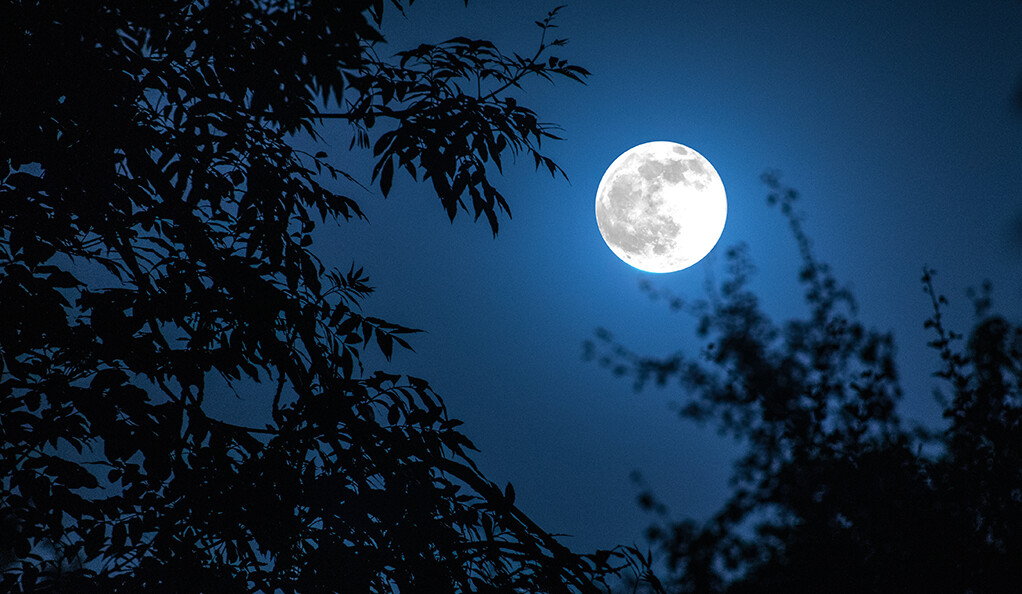Vastu Samkshepato Vakshye Grahadau Vighnanashanam | Ishanakonadarabhya Hyekashitipade Tyajet || Halayudha Kosha ||
It means, vastukala (the art of vastu) is the art of house construction, which teaches perfect (science and techniques of) designs starting from the ishana (north-east) angle so as to protect the house from all natural calamities and other adversities.
Where we decide to root ourselves for years to come, plays a significant role in attributing towards a life that is abound with happiness, wealth, health and prosperity.
More often than not, most of us consult a Vastu expert when constructing or designing the house, however the Vastu Shastra, the ancient vedic science of building, lays emphasis to not just construction and design, but also the location of the site, its shape, slope, the type of soil etc.
Therefore, it becomes imperative to keep the following parameters in mind when selecting the plot of land you & your generations to come will inhabit.
TYPE OF SOIL
Purvarn bhumirn parikseta pascat vastu prakalpayet
First test the earth (site); after that plan the construction.
Valmikena samayukta bhumirasthiganaistu ya | Randhranvita ca bhurvarjya gatighesca samanvita ||
Land with anthills, skeletons, full of pits and craters should be avoided.
Varnagandharasakaradisabdas parsanairapi | Pariksyaiva yathayogyam grhniyad dravyamuttamam ||
After examining the color, smell, taste, shape, sound and touch (of the soil) buy the best material as found suitable.
Ratnirnatramadhe garte pariksya khatapurane | Adhike sriyamapnoti nyune hanirn same samam ||
It (soil) should be tested by digging a pit of 1 arm length and refilling it (with the same soil). If (soil is) more, one will beget prosperity; if short, one will beget loss; if equal, it is normal.
This usually comes in varying colours of brick red, dark brown, white, red, yellow, mixed colour, black and varied texture. Avoid black or soil that’s more clayey as they are not suitable for construction. Avoid sites with boulders, anthill or burial grounds or any place with loose earth.
LOCATION & ENVIRONMENT
The plot of land should be either a level ground or sloping in the direction of North and East or North-East (abode of Lord Shiv). Land sloping downwards to the east is considered good for prosperity. Avoid West or Southward sloping lands. Ensure the construction is done further away from any trees whose roots may grow into the building if too close. And, that the land, has a source for ground water.
SHAPE OF THE PLOT
Energy follows form and therefore, Shape is an important part of Vastu Shastra. A plot should be either square or rectangle (with the ratio of width to length being not more than 1:2 in a rectangular plot) and the East and West dimension should be more than that of North and South. The Square is called Bramhamandala, because all its four sides represent Brahma, the Creator. It is said to be an ideal plot. The earth element is also denoted by a square, which contains all the other elements of space, air, water and fire; 5 senses of touch, shape, taste, speech and smell. A Vastu Mandal, according to Vastu Shastra is a square, crisscrossed with grids and diagonal lines identifying zones of different energies and their flow. Triangular, hexagon, circle or plots in the shape of a lion face are not considered auspicious for construction.
ANGLES OF THE PLOT
The ideal plot is one, which has all the four angles at 90 degrees. Always ensure that the distance from North-East corner to South-West is always more than the distance from North-West corner to South-East corner.
OTHER FACTORS
Other factors that need to be taken into consideration when selecting the plot are: the position of the plot in relation to the road – which direction it faces; the magnetic axis-the axis of the plot should match the magnetic axis of earth, otherwise it reduces the positive effects; how many sides of the plots face the road –roads on all four sides is considered ideal, as against three sides, while those facing T-junctions are considered weak and those at the dead end of the road inauspicious.
Vastu Shastra is an age-old science laying down the principles of construction, architecture, sculpture etc. in various areas of temple building, cities, villages, homes etc. References have been found in the great epics like Ramayana (wherein the city of Ayodhya bore a resemblance to the architectural text Manasara) and Mahabharata (where in the Maya Sabha was built according to the principles of Vastu Shastra and was square shaped), Matsya Purana, Skanda Purana, Agni Purana etc. The cities of Mohenjo-Daro and Harappa, when excavated boasted of an influence of Vastu in their planning and construction.






Awesome knowledge